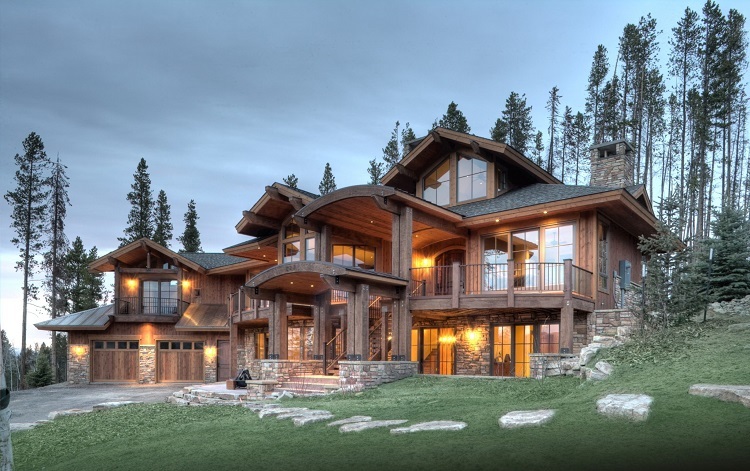A set of stairs without a handrail or one that’s rickety can be unsafe. Children and the elderly often need the extra support that a handrail offers to keep from falling and injuring themselves. While you can hire a contractor to install a handrail, it could be a good DIY project if you’re handy around the house. Here are four tips for choosing and installing a handrail.
Selecting the Handrail
Installing a handrail can make an interior or exterior staircase safer for your family and guests who visit your home. When shopping for handrail styles, you have the choice between wooden or metal rails. Although you can buy one from a hardware or home improvement store, you may want to consider a bespoke handrail for your home.
Handrail Choices
Wooden handrails are the most common type for installing in the inside of a house. They come in a variety of shapes, lengths, and thicknesses so you should consider the interior design of your house when picking one out. A thin round handrail would look odd if the interior of the house features thick block-style banisters and exposed beams.
Metal handrails are a good choice for contemporary homes featuring glass and chrome accents and furnishings. If the handrail is being installed outside, then a metal handrail will be the best choice because it won’t be affected by changes in the weather. It can be painted to prevent corrosion and it will not swell or dry out due to the humidity.
Taking Measurements
Accurate measurements need to be taken to ensure that you purchase a handrail that is the correct length. If you’re having a bespoke rail made, then the company making it may go to your house to take measurements for you. However, if you’re buying a premade rail, you will need to take them yourself.
Measure the length of the stairs to accurately determine the handrail’s length and, if you wish, add a few extra centimetres at the top or bottom of the stairs to help people grasp the handrail before climbing or descending the stairs. Also, measure for the height of the rail from the stairs. It’s normally about one metre above the stair treads.
Choose Brackets
There are several styles of handrail brackets to choose from and considering the house’s design will help in choosing them. They are available with brass, nickel, or chrome plating with either a mirror polish or a flat satin finish. Residential brackets are usually “L”- or “C”-shaped and you should buy a bracket for about every metre of handrail length.
By locating the studs, you can mount the brackets to the wall or side of the house. Afterwards, mount the railing onto the brackets to complete the installation and make your staircase safer.









